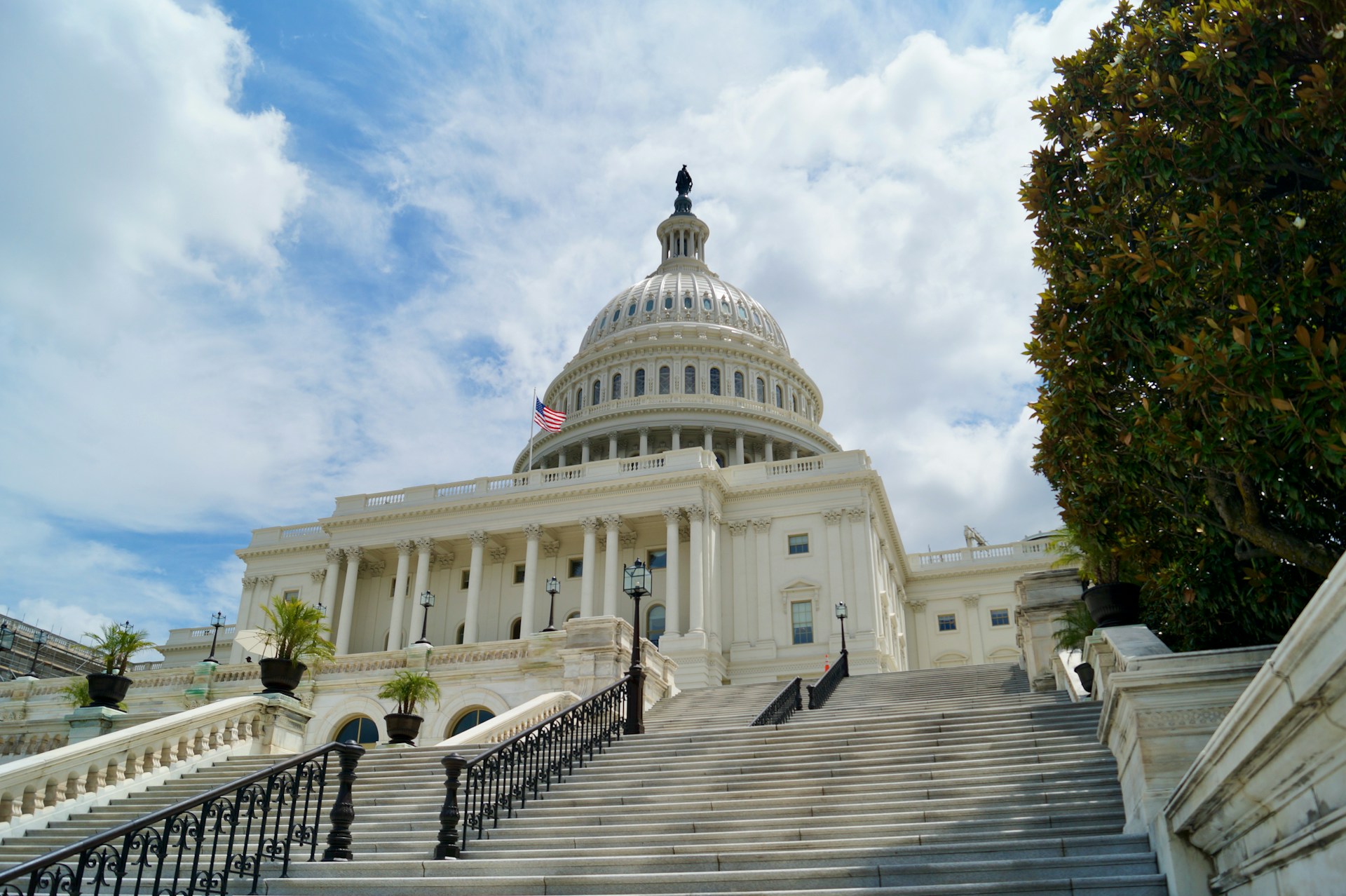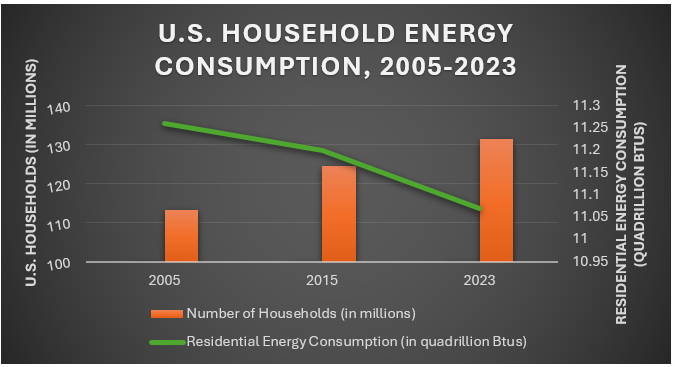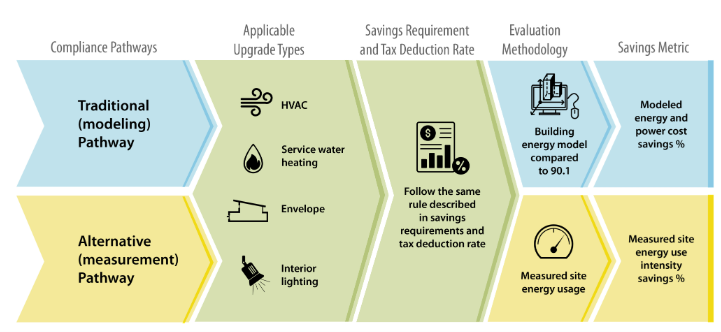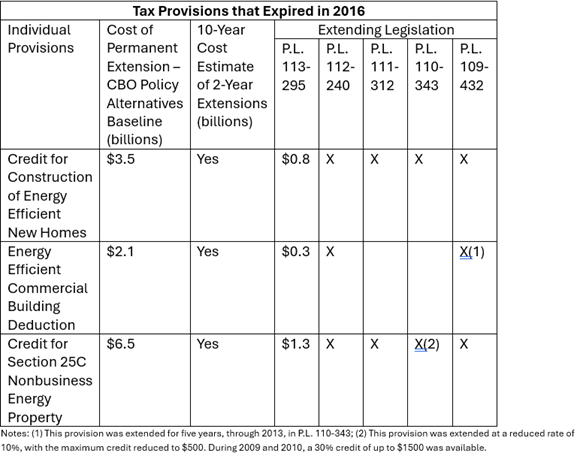Want to Cut Household Energy Bills in Half? Give ’em Credit.

An Alliance OpEd by Jason Reott, Senior Policy Manager
President Trump campaigned on a pledge to cut household energy bills in half—a pledge that would be unattainable if Congress succeeds in gutting the current slate of clean energy tax credits in the pending budget reconciliation process.
Removing the incentives for a wide array of energy investments would instead increase energy costs for Americans, according to recent studies by Rhodium Group and Energy Innovation.
It is easy to see why the current Administration wants to axe many of these clean energy incentives, which were largely created through the partisan budget reconciliation process. Partisan processes don’t curry long-term support in the changing winds of Washington, D.C.
But not all tax credits are created equal. Three incentives that could be on the chopping block during the current partisan reconciliation process have proven their value over decades. Twenty years ago, the bipartisan Energy Policy Act of 2005 created a trio of credits in the tax code designed to incentivize investment in energy-efficient technologies by home builders, homeowners, and businesses.
Since then, these efficiency credits have bolstered the energy security of the United States, increased economic competitiveness by driving a global industry including a domestic workforce of more than 2 million Americans, and saved American families billions of hard-earned dollars. Energy efficiency investments spurred by the EPAct of 2005 have helped save U.S. households $18.5 billion in energy costs, and reduced energy consumption by nearly 20 percent.
What Are the Efficiency Tax Credits?
The three provisions within the Internal Revenue Code are known as 25C, 45L, and 179D. Each targets a different facet of the buildings sector, including homeowners, home builders, and commercial building developers.
25C: Energy Savings for Homeowners
If President Trump wants bang for the energy buck, he should look no further. The 25C credit itself cuts household electricity bills in half.
According to the American Council for an Energy-Efficient Economy (ACEEE), the annual average tax savings per household claiming the 25C credit in 2023 was $882. That is the equivalent of six months of average household electricity bills ($137), according to Energy Information Administration data.
The 25C homeowners credit saves up to $3,200 in annual credit (up to 30 percent of the cost) to reduce energy waste through retrofitting existing homes through envelope improvements, such as adding insulation and improving doors and windows, as well as by replacing inefficient or worn-out household appliances with highly efficient HVAC, water heaters, and heat pumps. This initial investment not only provides tax relief for homeowners, but also returns energy savings year after year for the life of the equipment.
In fact, since the 25C credit was introduced in the EPAct of 2005, the number of households in the United States has grown 16 percent, by 18.1 million, while residential energy consumption has remained relatively flat. In 2005, the average U.S. household consumed 4.5 quadrillion British Thermal Units (Btus) of electricity and 4.7 quads of natural gas; while in 2023, the electricity use rose slightly to 4.96 quads, as natural gas consumption fell to 4.64 quads (See Chart 1).
Chart 1, U.S. Household Energy Consumption, 2005-2023

(Source: U.S. Census Bureau and Lawrence Livermore National Laboratory)
45L: Energy Savings for Contractors
The 45L credit for new home construction provides up to $5,000 for contractors to build homes that result in a minimum of 25 percent energy and power cost savings. As savings increase, so does the allowable tax relief. As amended by the IRA, the 45L credit now applies to single-family homes as well as manufactured homes and multifamily homes, as long as those builds meet ENERGY STAR program requirements.
179D: Multifamily Residential and Commercial Buildings
New construction represents just 1-2 percent of the nation’s building stock each year. To significantly reduce the energy footprint of buildings, comprehensive retrofits of large, older buildings (including rentals) are necessary. For commercial developers, the 179D deduction provides incentive to tackle large retrofit projects as well as construct new buildings to the latest energy-efficient standards.
The IRA-amended credit permits flexibility in the compliance pathway, ultimately offsetting cost based on the project’s square footage, for efficiency improvements of 25 percent or more. New construction projects would likely benefit from the “modeled” pathway, while the new “measured” pathway applies to energy upgrades to buildings in service for more than five years (See Chart 2).
Chart 2, Compliance Pathways for 179D

(Source: DOE)
What Makes Energy Efficiency Tax Credits Special?
Unlike the raft of credits established in the IRA, 25C, 45L, and 179D were enacted by Congress in a bipartisan manner through regular order. Regular order, according to Senate Majority Leader John Thune (R-S.D.), promotes collaboration and compromise, through a transparent, deliberative process.
Though established in 2005 as temporary credits, the efficiency incentives have been “extended” by multiple Congresses (see Chart 3).
Chart 3. Tax Provisions that Expired in 2016

(Source: Chart modified from CRS)
Conclusion
If not for the significant energy policy reforms established in 2005, households would consume 20 percent more energy, resulting in higher prices for energy resources across the board.
Instead of chopping tax relief that is meaningful to millions of American households, Congress should expand 25C, 45L, and 179D and make these “extensions” permanent—because they work.
Stay on top of the Alliance’s advocacy of these tax credits and other energy efficiency policies.
STAY EMPOWERED
TAKE ACTION
Help the Alliance advocate for policies to use energy more efficiently – supporting job creation, reduced emissions, and lower costs. Contact your member of Congress.
JOIN US
Energy efficiency is smart, nonpartisan, and practical. So are we. Our strength comes from an unparalleled group of Alliance Associates working collaboratively under the Alliance umbrella to pave the way for energy efficiency gains.
DONATE
The power of efficiency is in your hands. Supporting the Alliance means supporting a vision for using energy more productively to achieve economic growth, a cleaner environment, and greater energy security, affordability, and reliability.
